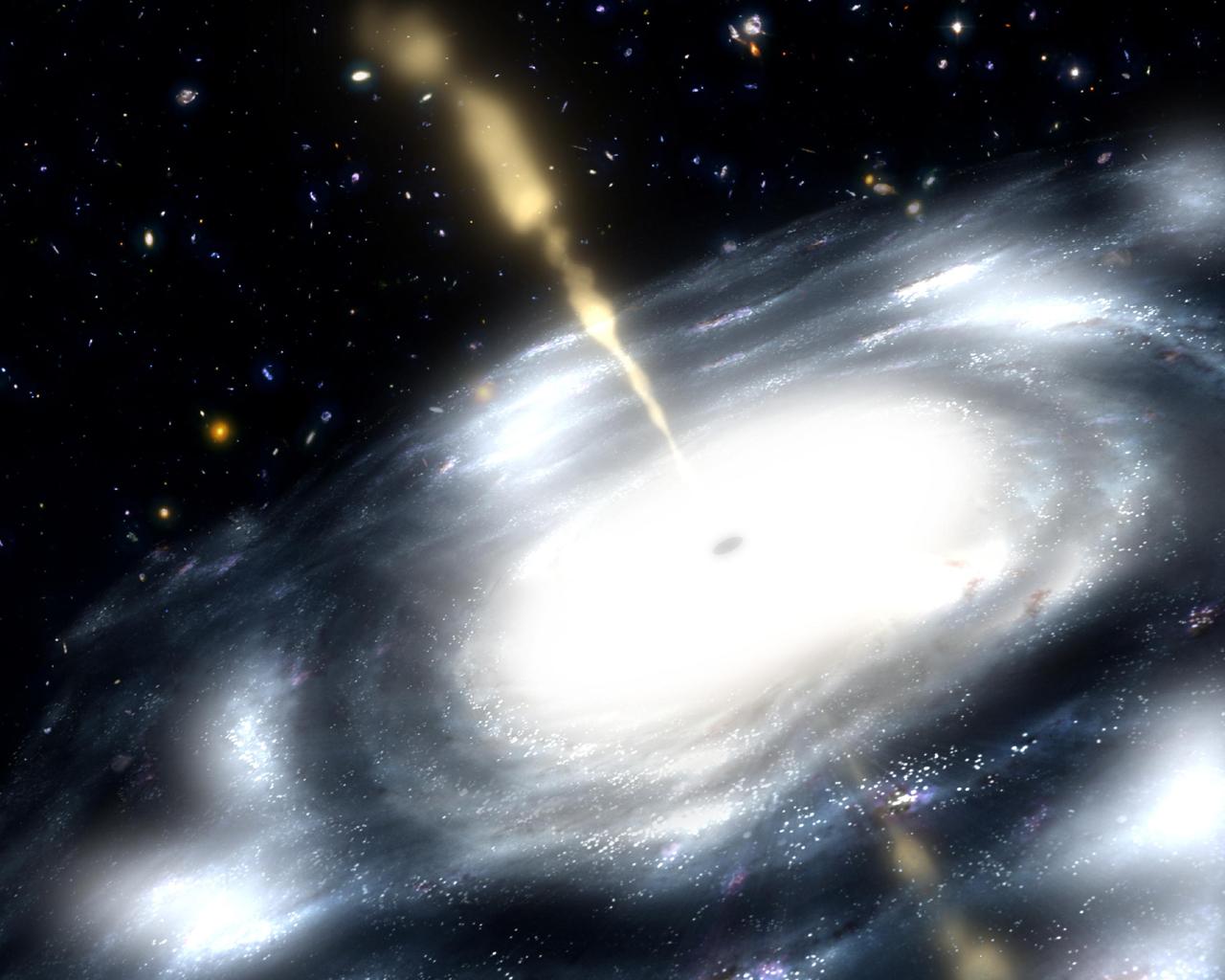First Black Holes, Now White Holes?
 |
| Backward Black Hole (Artist's Concept); Credit - NASA/JPL: https://www.jpl.nasa.gov/spaceimages/details.php?id=PIA13168 |
You have probably heard of black holes: incredibly dense regions
of space-time with such strong gravitational attraction that not even light can
escape from them. They were first predicted by general relativity, but Einstein’s
famous theory does not stop there. The same equations that revealed the
presence of black holes point to an equally fascinating phenomenon – white holes.
[1]
Black holes in reverse
While black holes are notoriously known for pulling matter
inward, white holes do the opposite, ‘spewing [it] out.’ [2] Black
holes are extraordinarily massive, with supermassive black holes ranging from ‘millions
to billions of times the mass of the Sun.’ [3] White holes are born
when you consider what would happen if a black hole singularity had no mass. They
have not yet been discovered by astronomers and are currently just a
mathematical prediction. However, what would happen if they did exist? Well,
while the event horizon of a black hole marks the point of no return, its white
hole counterpart would be a ‘boundary of no admission’ [1] – an impenetrable
wall from the outside.
Do they exist?
Since white holes are essentially time reversed black holes,
to form them, you need to effectively reverse time. This violates the second
law of thermodynamics which states that entropy, a measure of disorder, always
increases. Surprisingly, this is not impossible because ‘entropy is a
statistical phenomenon’ [4] so although rare, reductions in entropy
are technically possible as long as it increases overall on average. However,
ultimately entropy wins and as soon as it and time resumes, the white hole will
cease to exist and instead ‘explode in a burst of energy.’ [4]
Interesting developments
One of the greatest unanswered questions in science is: ‘what
lies on the other side of a black hole?’ Some have proposed that the solution
is a white hole. This would mean that energy and matter entering the black hole
would emerge from the white hole. Furthermore, the description of white holes sounds
very familiar: matter ejecting out in a burst of energy sounds remarkably
similar to the Big Bang. For these reasons, physicist Lee Smolin suggested that
the white whole on the other side of a black hole could be the big bang of another
universe such as ours. [5] If
true, this would indicate the existence of a multiverse where our universe is
just one of multiple others.
Sources:
1. Charlie Wood, Space.com: https://www.space.com/white-holes.html
2. Carlo Rovelli, New Scientist: https://www.newscientist.com/article/mg24032080-100-if-you-think-black-holes-are-strange-white-holes-will-blow-your-mind/
3. Caitlyn Buongiorno, Astronomy: https://astronomy.com/news/2020/04/how-much-space-does-a-black-hole-take-up
4. Matt O’Dowd, PBS Spacetime: https://www.youtube.com/watch?v=S4aqGI1mSqo
5. Ella Alderson, Medium: https://medium.com/predict/a-universe-from-a-black-hole-25b2f51decf0
Wow, I liked it very much, make sure to check out my blog which I had created yesterday so very little posts but you could check it out here please select and post:
ReplyDeletephysicstalkblog.blogspot.com
But I really enjoyed reading this.